Applications for Ohio Farm Bureau Health Plans now available
Members have three ways to apply: contacting a certified agent, calling 833-468-4280 or visiting ohiofarmbureauhealthplans.org.
Read MoreGold pocket watches, delicate china and heavenly scented flowers are among the heirlooms passed along from one generation to the next.
Gardeners especially treasure the plants, even those without fragrance.
“They remind you of your heritage,” said Judy Gray of the daisies passed down through generations of her husband Jim’s family. They continue to flourish at their farm near Richwood, where these Union County Farm Bureau members grow mostly field corn and soybeans on 1,300 acres.
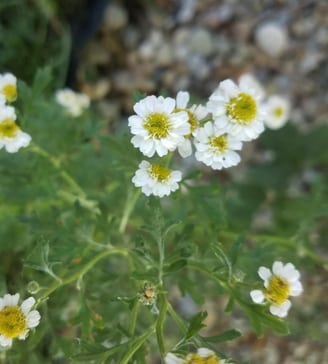
Dorothy Gray, Jim’s grandmother, was an avid gardener. She brought the daisies from the log cabin near Radnor where her grandmother lived. She planted them on the Richwood area farm where Jim’s father was born and the Grays reside.
The daisy chain continues to lengthen. One of their two daughters has the daisies at her home, making this the sixth generation to grow them. The daisies were even used in the bridal bouquets of their daughters’ weddings.
No one has identified the plants, which produce dime-size blooms from late June or early July into fall. The plants grow 2 to 3 inches tall, though occasionally a foot. They produce more flowers in sunny places than shady. “These things grow anywhere,” Judy said.
Other heirlooms from Dorothy’s garden are peonies and a pink-and-white rose. She grew the rose from a rooted cutting made from the stem of a blossom in a bouquet. It grows without special care.
Such adaptability and persistence are among the appealing characteristics of heirlooms.
“They’re incredibly hardy, and that’s why they become pass-alongs,” said Brian Gregory, senior horticulturist at Stan Hywet Hall & Gardens. The restored Akron estate of F. A. Seiberling, cofounder of Goodyear Tire & Rubber Co., features several gardens. He works in the Great Garden, an acre of fruit trees and perennial and annual flowers used by the volunteer flower arrangers for the mansion. Originally the garden also supplied food and herbs.
He said sometimes when he’s working in the garden “someone walks by and says, ‘My grandmother used to have that flower.’ I think it’s the emotions that appeal.”

While the popularity of grandmother’s china and furniture has given way to Ikea minimalism, heirloom flowers – and vegetables – remain in demand.
“There’s a huge interest,” said Kathy Styer, executive director of Adena Mansion & Gardens Historic Site in Chillicothe, the home of Ohio’s sixth governor, Thomas Worthington. The site’s popular annual, fundraising heirloom plant sale is held in May. But heirlooms are also available at garden centers and in catalogs. “They’re easily found,” she said.
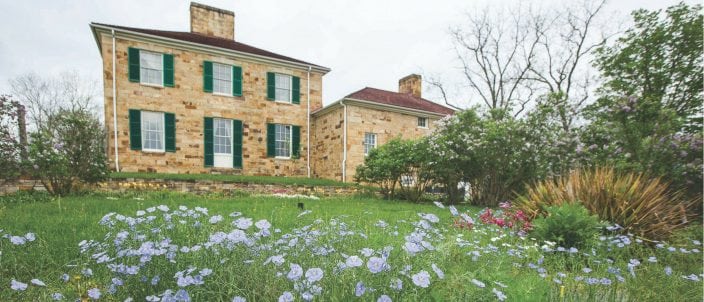
Pass-along plants don’t have to be inherited or bought. They’re often swapped or given as gifts among gardeners and their fortunate friends.
Besides the nostalgic value, heirlooms fit with trends of sustainability and local sourcing, said Shelley Funai, garden manager at Stan Hywet. “People don’t want to buy new seed every year.”
Some of the pass-alongs, such as cone-flower and bee balm, also fill roles in pollinator friendly landscapes, wildflower meadows and prairie-style plantings.
Such pass-along plants have been part of Ohio’s gardens since pioneer times.
Worthington and his wife, Eleanor, were horseback riding near Adena, when she spotted a wild pink rose and marked it. She returned later to dig it up and plant it in the garden, Styer said. Unfortunately the rose disappeared from commerce several decades ago.
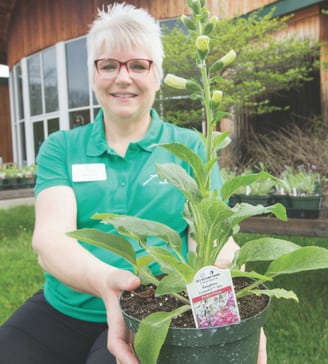
Perhaps some of the countless new varieties introduced in recent years will prove as appealing to future generations as today’s pass-alongs do to contemporary gardeners. Most likely, however, some of today’s heirlooms will be growing next to them.
Why? Styer said, “It brings back a memory.”
Learn more about heirloom plants and the gardens of yesteryear in Restoring American Gardens / An Encyclopedia of Heirloom Ornamental Plants 1640-1940 (Timber Press), by Denise Wiles Adams. She received her Ph.D. in horticulture from Ohio State University.
Heirloom perennials, such as columbines, iris, peonies, lavender, poppies, daffodils, tulips and crocus; and annuals, such as zinnias, calendula, hyacinth bean and nigella, can add a nostalgic touch to 21st century landscapes.
Vegetables range from antique varieties of asparagus to tomatoes to zucchini. Among heirloom beans, some bear ornamental flowers: Scarlet Runner Bean (red/orange) and Painted Lady (white-and-red).
Sources include garden centers, garden catalogs and specialty growers. Burpee, Johnny’s Selected Seeds and Seed Savers Exchange are among mail-order sources.
While heirlooms are tough, some are susceptible to diseases that hybrids resist. Modern tomatoes, for instance, usually have some initials after their name indicating resistance to verticillium, fusarium and other common blights.

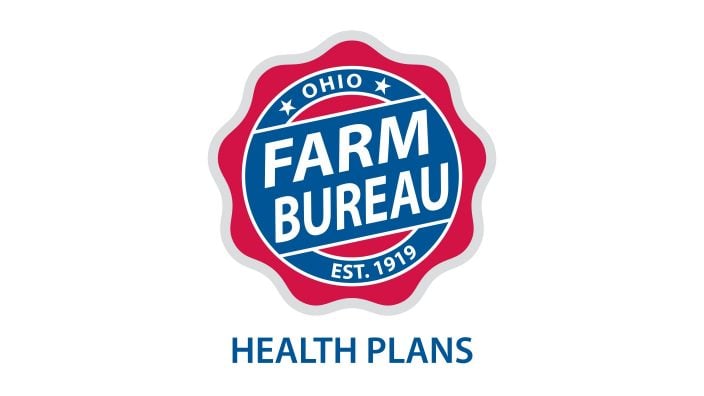
Members have three ways to apply: contacting a certified agent, calling 833-468-4280 or visiting ohiofarmbureauhealthplans.org.
Read More

For Ohio and PJM region, the outlook is reassuring—ample reserves and strong planning should keep the power on.
Read More

The average price for a classic holiday feast for 10 in Ohio will cost $55.87.
Read More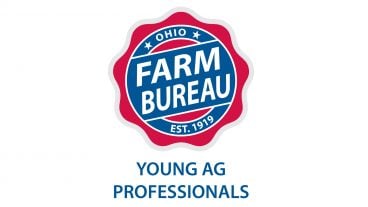
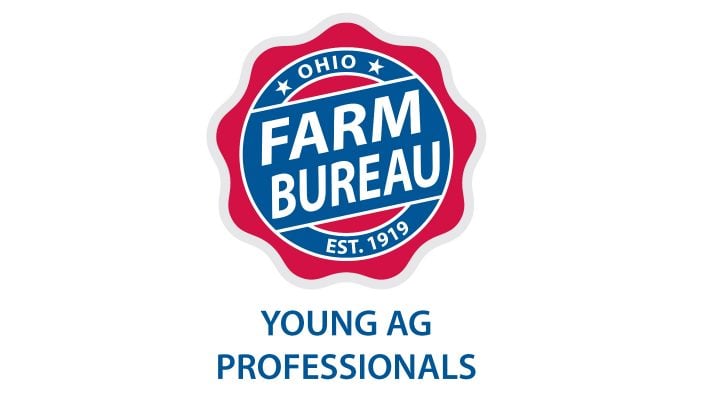
Meet the four new members of Ohio Farm Bureau’s Young Ag Professionals State Committee.
Read More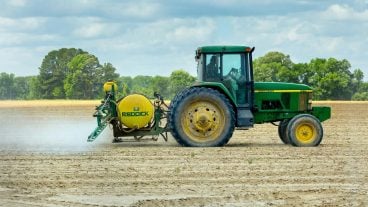
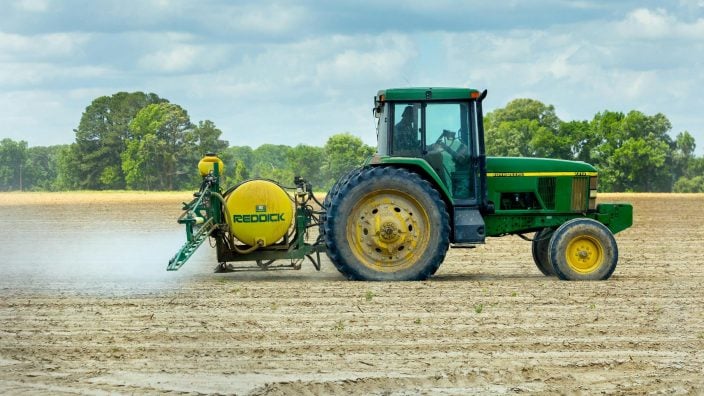
HB 10 ensures transparency around how imitation meat is labeled, along with restoring needed flexibility around the application of crop protection tools.
Read More

FBi Buildings has been delivering exceptional post-frame construction solutions for 65+ years, earning the trust of satisfied customers throughout the Midwest.
Read More

Ohio BWC industrial hygienists, safety consultants, and ergonomists can visit your farm, help spot risks, and suggest improvements that make a real difference.
Read More

Nationwide’s Grain Bin Safety campaign expands its reach, delivering grain rescue tubes and training to 62 fire departments in 2025.
Read More

Urge President Trump and Congress to act before the end of 2025 to provide immediate relief and long-term stability for America’s farmers and ranchers.
Read More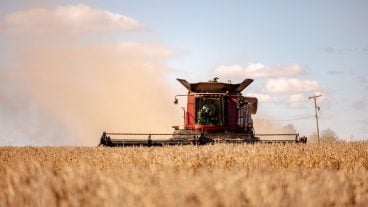

Meet Marion County Farm Bureau member Clayton Lust, a third-generation grain farmer and Beck’s Hybrids dealer, and Kelsey Bezdek, a first-generation livestock farmer and Lake County Farm Bureau member.
Read More